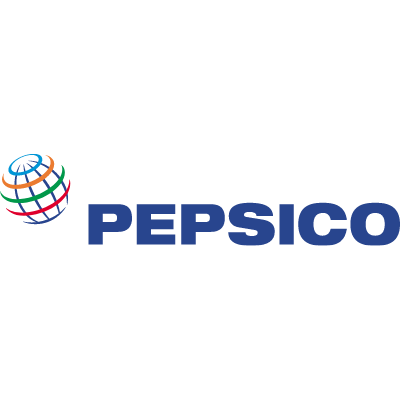ReactJS development services
Building high-performance apps and websites ensuring optimal user experience
What is ReactJS?
About us
ReactJS development services offered by Fabrity
React development
We build performant and scalable applications using React's component-based architecture. This involves creating reusable components that help streamline development and ensure a consistent user interface.
React migration
We assist in transitioning your current applications to React. This process involves refactoring existing codebases to React's component-based structure and ensuring that the business logic is properly transferred.
Mobile app development
With React Native, a React spinoff, you can build mobile apps for both Android and iOS platforms.
React integration
We can integrate React into your existing software systems. This allows for the gradual adoption of React, where its components can coexist and interact with your current tech stack.
Who we work for


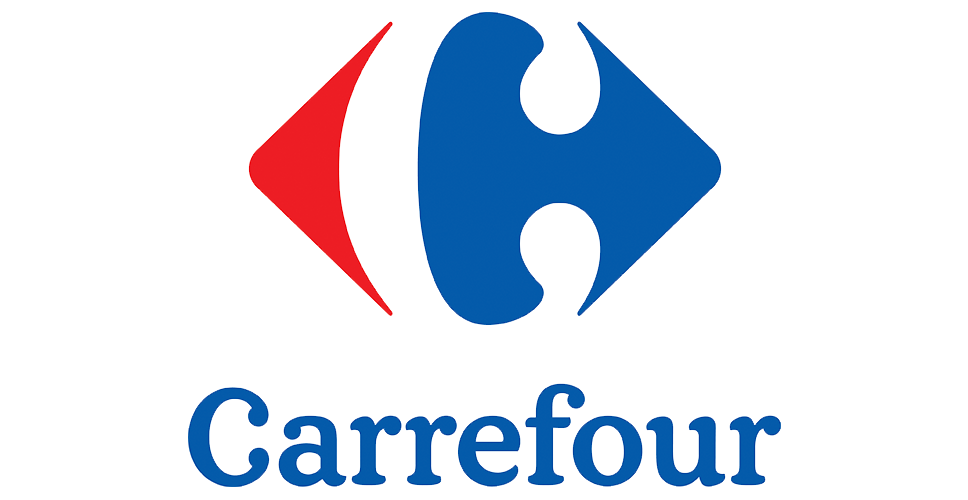
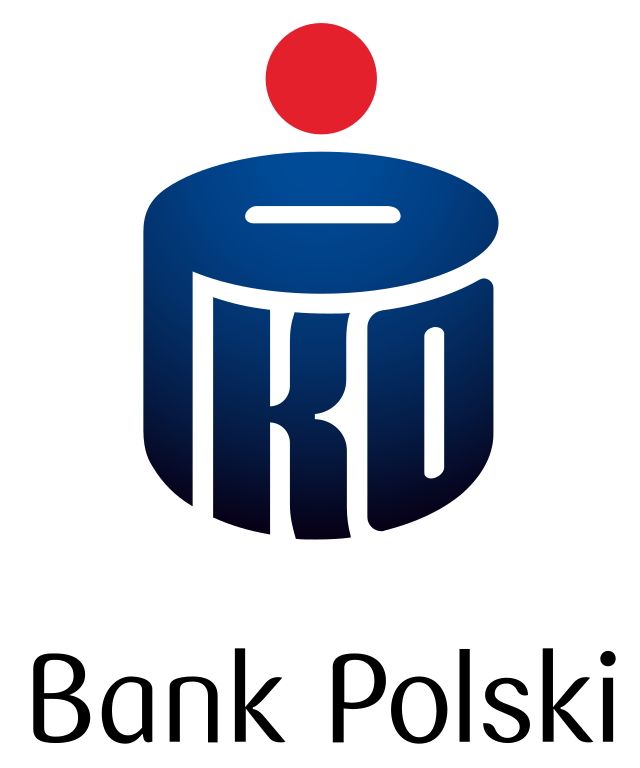


Service models
A dedicated team managed by Fabrity
- Build a cross-functional team with all roles and skills covered
- Benefit from our tools, processes, best practices, and infrastructure
- Use a quoted time and materials (QT&M) model based on the volume of software delivered
A team managed by the client
- Scale up your project team with our IT experts according to your current needs
- We make sure your developers have everything to start working immediately (hardware, software licenses, ensured security, and GDPR requirements)
- Use a time and materials contract (T&M) with contracted flexibility
A hybrid team
- Mix our experts with your team to strengthen it with the skills you need
- Benefit from our software development best practices and processes
- Use either QT&M or T&M model depending on how leadership roles are split between your team and our experts
Software development hubs
- Set up your virtual software development hub quickly
- Access the tech talent pool available in the CEE region
- Scale up and down without incurring upfront costs
Looking for a ReactJS development company?
Let us talk to see how we can help.
You can also send us an email.
In this case the controller of the personal data will be FABRITY sp. z o. o. and the data will be processed for the purpose of responding to a submitted inquiry; the legal basis for processing is the controller’s legitimate interest in responding to a submitted inquiry and not leaving messages unanswered. Personal data will be processed according to our privacy policy.
Work with the ReactJS development company with a proven expertise in building enterprise-grade solutions.
Choose the service model that is best for you.
Pay for product or functionalities delivered and accepted by you.
Get advice on team composition, size, and seniority level, solution architecture, and project backlog.
Have all risks covered: underperformance, absences, security, confidentiality, and GDPR requirements.
Ensure all sensitive data is processed securely.
Ensure the best working conditions for your team: project onboarding, upskilling, best practices, and boosting motivation and engagement.
Testimonials
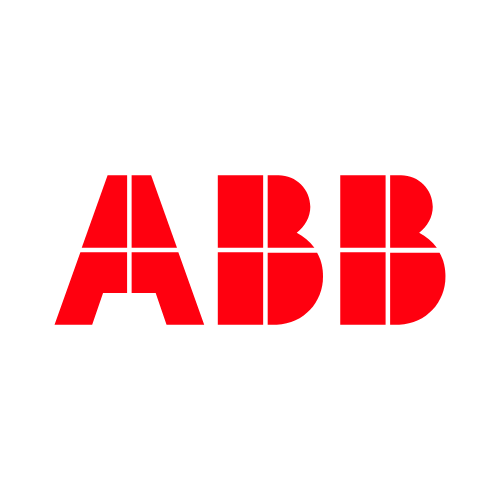

Global Series Support Development
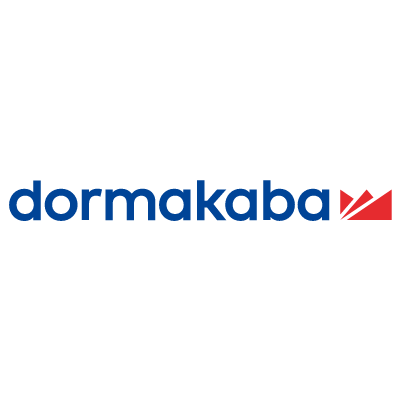
Performance and efficiency
React employs a Virtual DOM to optimize performance by only updating changed components. It mirrors state changes on the Virtual DOM, uses a diff algorithm to find the most efficient update to the actual DOM, thereby improving speed and efficiency.
Component reusability
React components are like Lego blocks—reusable and self-contained with their own internal logic. This allows for shorter time-to-market, consistent user interfaces, and reduced code maintenance.
Lightweight and flexible
As a lightweight library focusing on the view layer, React provides a useful abstraction layer without requiring understanding of complex internal details. It allows for flexibility without imposing specific patterns or architectures.
Building Single-Page Applications (SPAs)
SPAs are a specific kind of web application that only loads a single HTML page, updating it dynamically as the user engages with the app. ReactJS is precisely designed to streamline the crafting of user interfaces for SPAs, ensuring an efficient and smooth development process.
Creating reusable UI components
Should your application contain recurring components, or if your aim is to maintain a consistent user interface across various sections, ReactJS empowers you to construct reusable components. This feature not only accelerates the development process but also simplifies the task of codebase maintenance.
Large-scale or high-load applications
If you are planning to build a large-scale, high-traffic application (e.g, ecommerce platform or online collaboration tool), ReactJS is the right choice because of its virtual DOM implementation which optimizes application performance and speed.
Complex user interfaces
ReactJS is ideal if the application has complex and dynamic user interfaces that have a multitude of interactive elements, features, and functionality including a variety of data visualizations, dynamic forms, interactive maps, real-time updates, and much more.
When you need a mobile app as well
React Native, a spin-off from ReactJS, allows you to create mobile applications for iOS and Android platforms using the same ReactJS principles.
When SEO is crucial
React can run on the server, and the virtual DOM will be rendered and returned to the browser as a regular web page. This feature is not common in many JavaScript applications but is beneficial for SEO optimization.
What you can build with React
Web applications
- Ecommerce platforms
- Enterprise web apps
- Social media platforms
- Online marketplaces
- Single-Page Applications (SPAs)
- Streaming service platforms
Business applications
- Content Management Systems (CMS)
- Document management systems
- Back-office automation solutions
- Online learning platforms
- Data visualization tools
- Customer Relationship Management (CRM) systems
- Inventory management systems
- Project and task management systems
- Sales and marketing automation systems
- Healthcare platforms
Mobile applications
- Social media apps
- Ecommerce apps
- Healthcare apps
- Finance and banking apps
- Travel and booking apps
- Fitness apps
- Music streaming apps
Read more on ReactJS and web development
Need help with your ReactJS development project?
Frequently asked questions
React is a JavaScript library designed to utilize HTML to create webpages within a browser, facilitating the construction of a high-performance user interface (UI) layer.
React Native, on the other hand, is a distinct entity—a framework that employs a unique syntax to create native components, catering specifically to mobile platforms such as Android and iOS.
Both React and React Native structure applications around components, but their syntaxes differ. While React employs CSS styles for enhancing the application, React Native uses its own style sheets.
Code sharing between React and React Native is not a straightforward process. The core components and application logic, which rely on JavaScript, can be the same in both cases. However, a complete UI implementation requires platform-specific knowledge. Thus, transitioning an application from React to React Native, or vice versa, demands specific expertise and development effort.
Choose React if:
- Your application needs to handle multiple simultaneous events. React’s ability to distribute event handling and avoid updating the actual DOM helps manage multiple events efficiently.
- You require a customized application solution. While Angular offers comprehensive solutions for common needs, React provides flexibility by allowing developers to find the right additional libraries for your unique solution.
- Your solution involves shareable components. Whether data needs to be shared within the app itself, with other apps, or with external parties, React handles this better than Angular.
Choose Angular if:
- You are looking for ready-to-use solutions. If your needs align with established practices in your field, the comprehensive solutions provided by Angular may serve you well.
- You aim to achieve your business goals quickly. Angular’s ready-to-use UI elements and components save time spent on finding and choosing libraries.
- Your project requires a large-scale, feature-rich application. If you expect users to spend a significant amount of time on your site, engaging in a variety of activities, Angular could be a good fit.
- Your UI is not overly complex. While React can handle simple UIs, Angular is better suited for simpler UIs in single-page applications.
Consider using Vue as your framework if:
- You are working with a new developer, or one who is not well-versed in JSX.
- You are under a tight schedule to produce a Minimum Viable Product (MVP). Vue’s primary tools and swift templating can expedite prototype development.
- You are upgrading or migrating an existing project. Vue’s progressive structure allows components from previous projects to be integrated and developed further.
- You are building a single-page application (SPA) that will not be a massive project. Vue’s Server-Side Rendering (SSR) tools are particularly beneficial for efficient creation in this context.
- You are working on a project requiring high collaboration levels. Vue’s usage of widely recognized programming languages can simplify this process.
On the other hand, React could be a more suitable framework if:
- You have a developer capable of leveraging React’s active community, comfortable with using JSX exclusively, and familiar with the extensive third-party libraries at their disposal.
- Your project is anticipated to be a complex app or likely to scale over time.
- You are developing a mobile app. The UI developed in React can be directly utilized by React Native for immediate interface translation.
- You are creating a large website or SPA with video functionality, much like Netflix, a platform that actively uses React.
A key distinction between Blazor and React lies in the programming languages they utilize. Blazor harnesses the power of C# and Razor syntax, well-known within the realm of .NET developers. Conversely, React employs JavaScript, the most ubiquitous scripting language on the web. Your preference for Blazor or React may largely depend on your comfort level with either language, as it permits the application of pre-existing skills and toolsets.
The performance dynamics of Blazor and React come with their own sets of pros and cons. Blazor often boasts quicker initial load times when compared to React, although it also presents a larger bundle size, necessitating the inclusion of the .NET runtime and libraries. To mitigate this, Blazor Server can provide swifter rendering times relative to React, given it does not require data transmission to the browser. However, it also manifests a higher latency compared to React, owing to its reliance on a continuous server connection.
React has the potential to outperform Blazor under certain conditions, given its utilization of a virtual DOM that refreshes only the altered segments of the UI. Nonetheless, React comes with its own set of challenges, such as potential memory leaks or unnecessary re-rendering if not optimized correctly.


